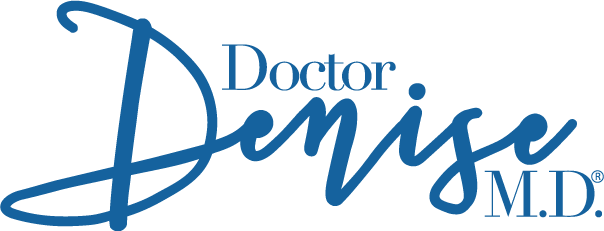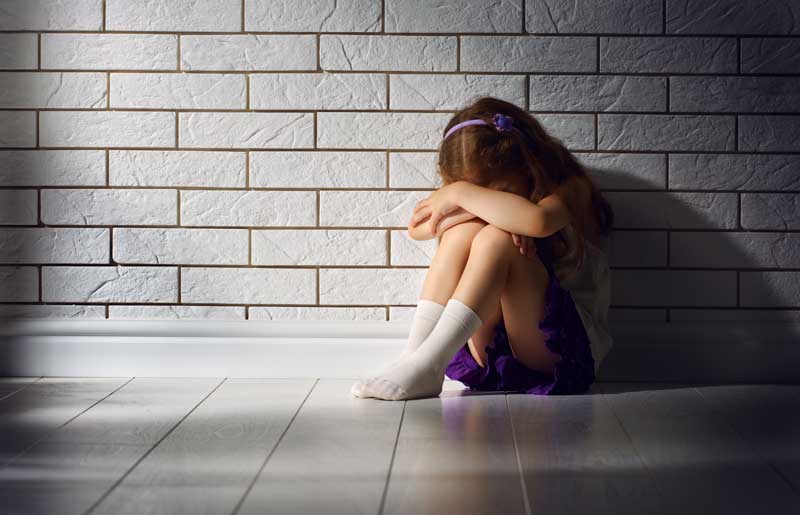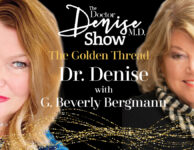Obsessive Compulsive Disorder and Anxiety
Did you know that Obsessive Compulsive Disorder (OCD) affects 2-4% of adolescents and that 80% of people who have OCD experience symptoms before age 18?
It is important to point out that most mental health challenges start in childhood.
I value science and the need for a uniform way of discussing mental health, yet feel the term “disorder” (when discussing mental health) really puts a distance to someone embracing their “neurostyle”. We need to identify children who need extra mental health support and integrate wellness thinking and acceptance of neurodiversity in our society. Let’s discuss OCD now.
Did you know that the World Health Organization (WHO) ranks OCD as one of the ten most disabling diseases?
The OCD cycle usually starts with an environmental trigger that leads to an obsession described as intrusive, repetitive, negative images, thoughts or impulses. This causes distress as manifested by anxiety, fear, disgust or shame, followed by compulsive behavior as represented by repetitive thoughts, images, or actions.
The OCD cycle
(Trigger >>Obsession >>Distress>>Compulsions >>Negative Reinforcement)
It is a myth that OCD is an Adult disorder.
The two common onset peaks for OCD include earlier for boys that have the triad of OCD, ADHD and Tic disorder, and early puberty for girls.
In child psychiatry it is common for children to present with more than one behavioral disorder. OCD exists in combination with one other behavioral problem ¾ of the time and with multiple problems 1/3 of the time.
How do we identify and begin to treat OCD?
A diagnostic interview is done which includes parent and child interviews, a review of rating scales, report cards and if OCD is present a clinician scores the severity of OCD with the Yale-Brown Obsessive Compulsive Scale (YBOCS). The 10-item (each item rated from 0 (no symptoms) to 4 (extreme symptoms) Y-BOCS scale evaluates the severity of obsessions and compulsions separately and is the standard scale used in treatment outcome studies of obsessive compulsive disorder (OCD). The severity of OCD is based on total core: 0-7,is subclinical; 8-15 is mild; 16-23 is moderate;24-31 is severe; 32-40 is extreme.
Do you want to know the good news? Pediatric OCD is usually responsive to treatment with the goal of a score of <8 on YBOCS .
“Exposure therapy is the secret sauce in treating OCD,” UCLA Scientist and Professor James McCracken M.D. would say during our child psychiatry clinic. Exposure therapy is a behavior therapy that involves the exposure of the patient to the feared object or context without any danger in order to overcome their anxiety. An example would be an individual with fear of contamination. The exposure would be putting their hands in dirt and not allowing them to wash their hands for a period of time. The patient ranks their fear level before and after the exposure and realizes that the fear reduces over time after exposure.
The first line treatment for OCD is Cognitive Behavioral Therapy with Exposure and Response Prevention (ERP).Children who lack insight, have ADHD or depression, have a family history of OCD, or high family conflict tend to have challenges with response to behavioral therapy alone. From a medication standpoint the Selective Serotonin Reuptake Inhibitors are the first line of treatment, the four FDA approved SSRI”s are Clomipramine, Fluoxetine, Sertraline and Fluvoxomine.
Sertraline is an antidepressant in a group of drugs called selective serotonin reuptake inhibitors (SSRIs). Sertraline affects chemicals in the brain that may be unbalanced in people with depression, panic, anxiety, or obsessive-compulsive symptoms. Zoloft (sertraline) is used to treat depression, obsessive-compulsive disorder, anxiety disorders (including panic disorder and social anxiety disorder), post-traumatic stress disorder (PTSD), and premenstrual dysphoric disorder (PMDD). Find out how much is zoloft without insurance in our licensed pharmacy.
The well known POTS study (Pediatric OCD TREATMENT STUDY JAMA 2004:292(16) reveals that combination treatment was consistent with a 53.6% remission rate and CBT alone 39.3%, Zoloft alone 21.4%. It was also noted that those with family history of OCD had more than a 6 fold decrease in response to CBT alone.
Combination therapy yields the best results for moderate to severe OCD.
Let me give you a clinical example of a sixteen-year-old girl, Christina (pseudonym) who I worked with whose trigger to her obsessions was watching television and witnessing motor vehicle accidents, or driving over speed bumps. Her obsession was that she had fatally harmed someone as her obsessive image and thought. Her compulsive behavior was getting in the car and retracing her route to make sure she had not actually injured someone. She would call hospitals to make sure no one had been hurt. She came to see me for help with her OCD.
Her YBOCS score was in the extreme range (>32). She did not respond initially to CBT-ERP alone. A combination of Prozac and exposure therapy yielded great success for Christina! Her YBOCS was less than 8 within a year of treatment. She and I drove in her car and we would ride over bumps and not go back to the site to see if anyone was ok or call hospitals to make sure no one was in the emergency room. Christina is now in her mid twenties successfully working and is not on any medication for OCD! She utilizes her tools from therapy, exercises regularly, eats healthy and meditates routinely. This is a great thrive story-right? This is why I love what I do.
Dr. Denise



